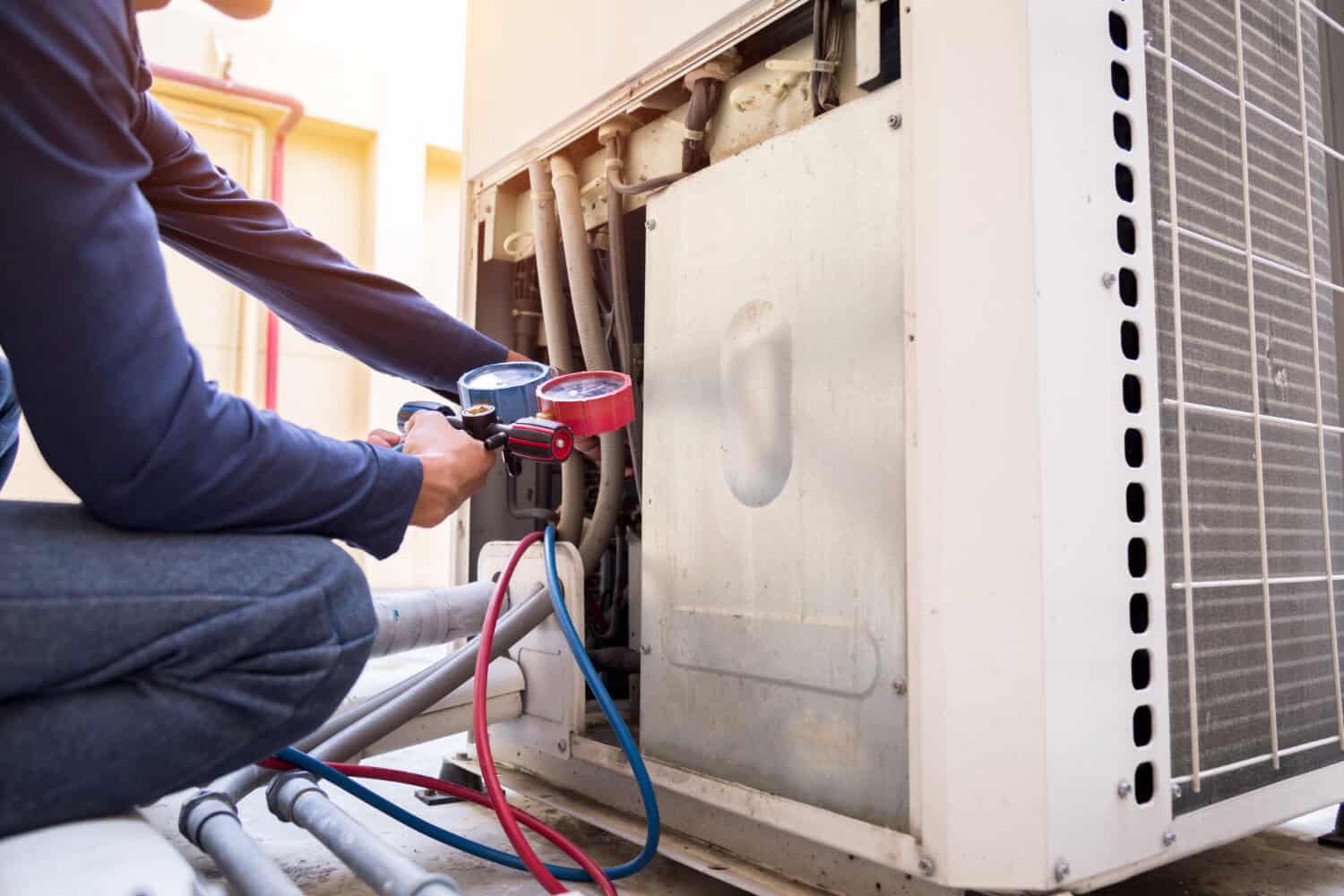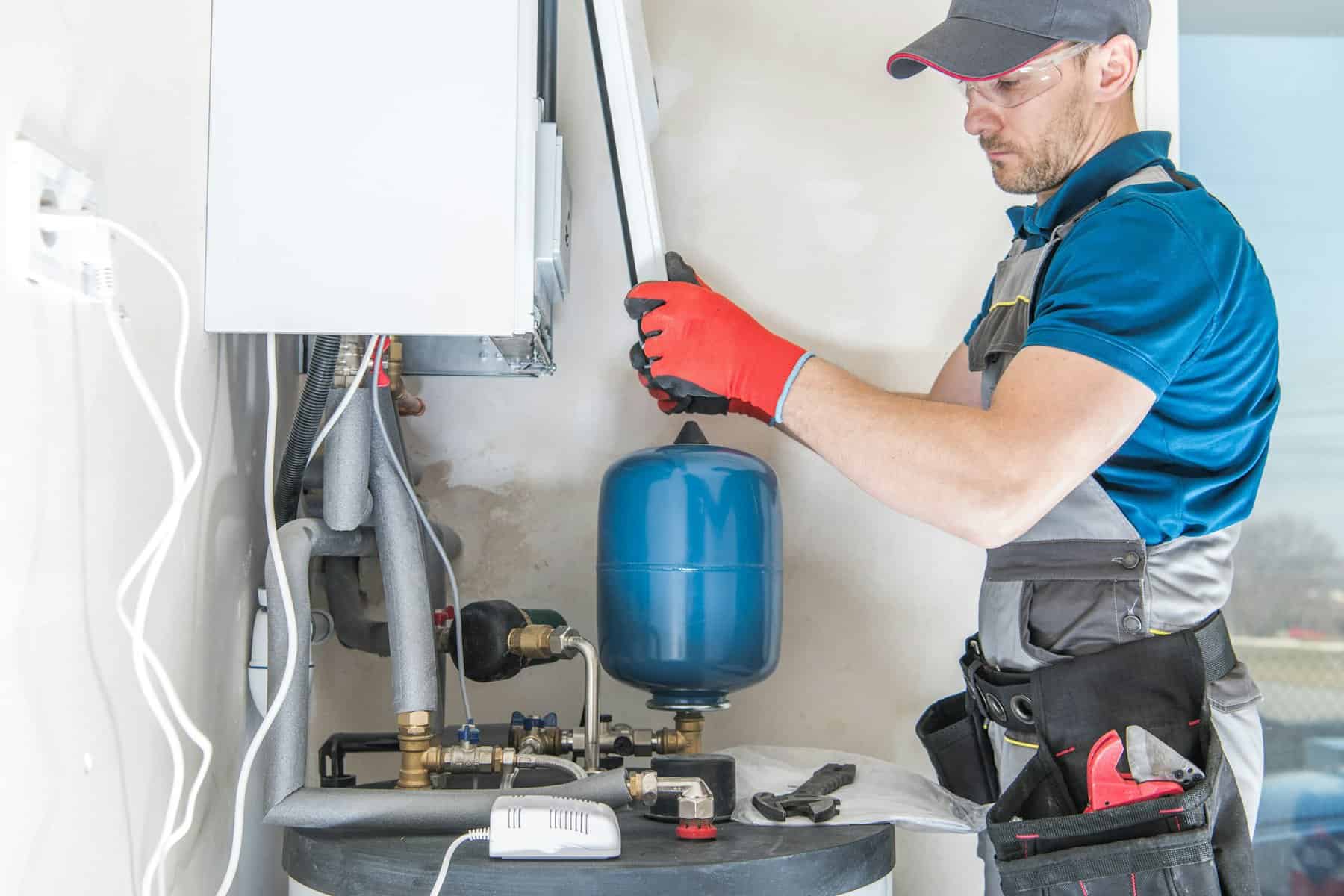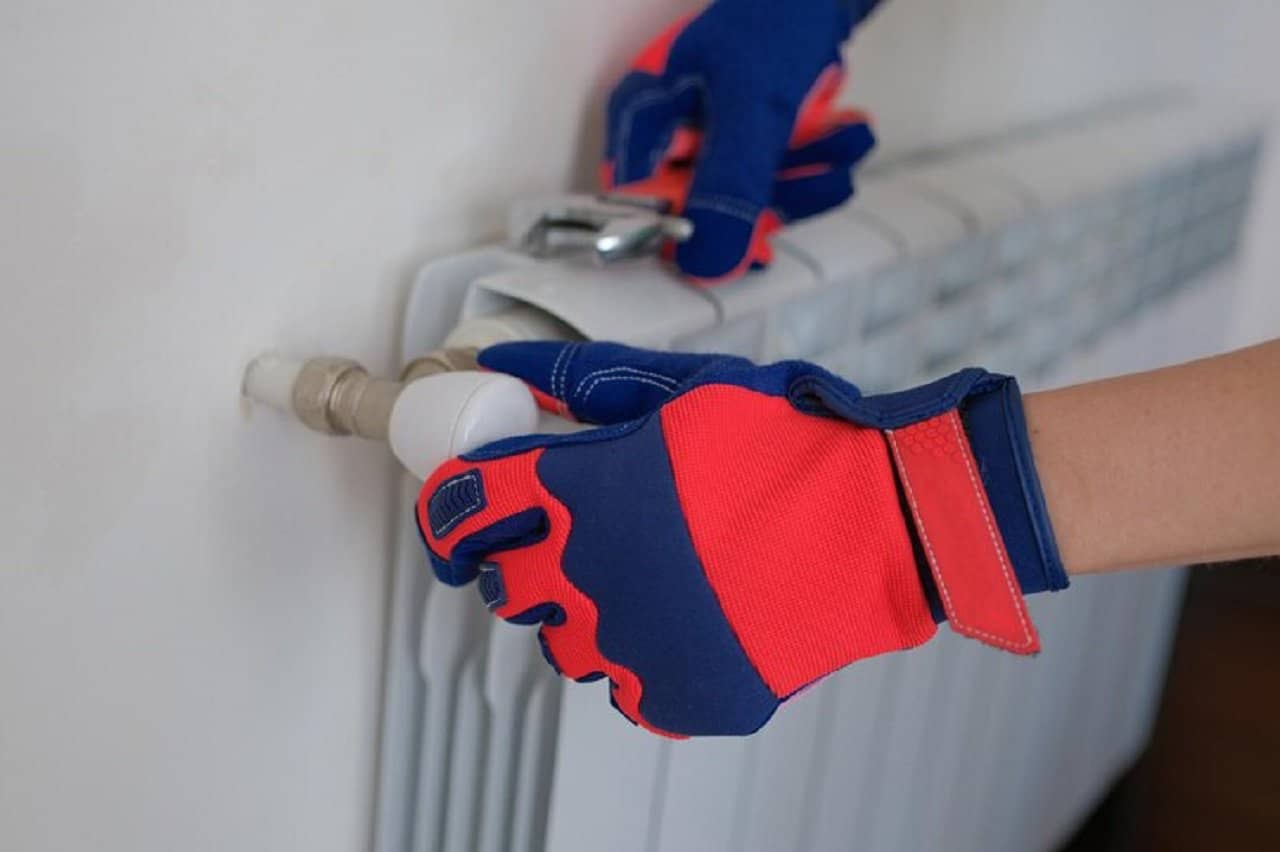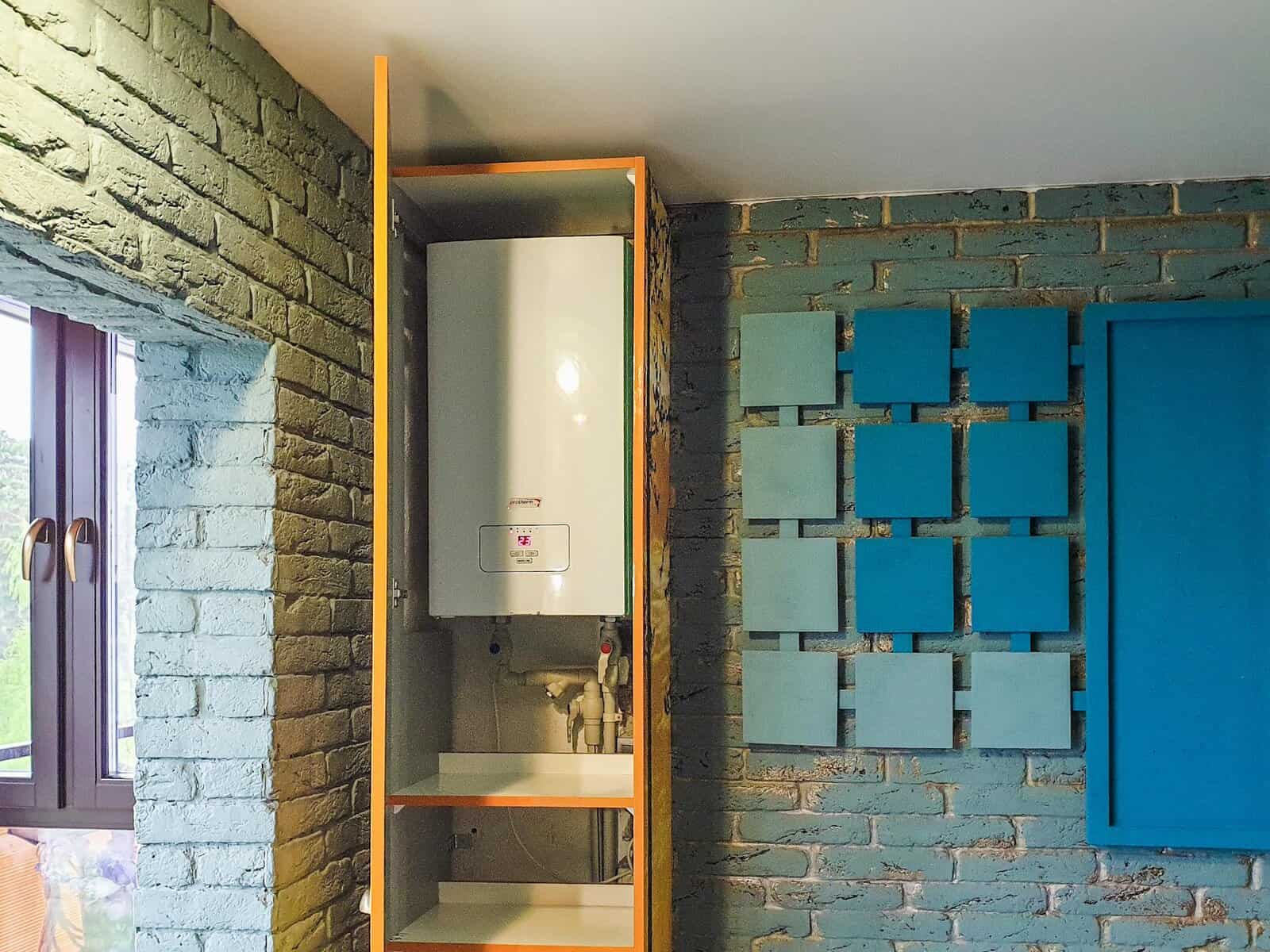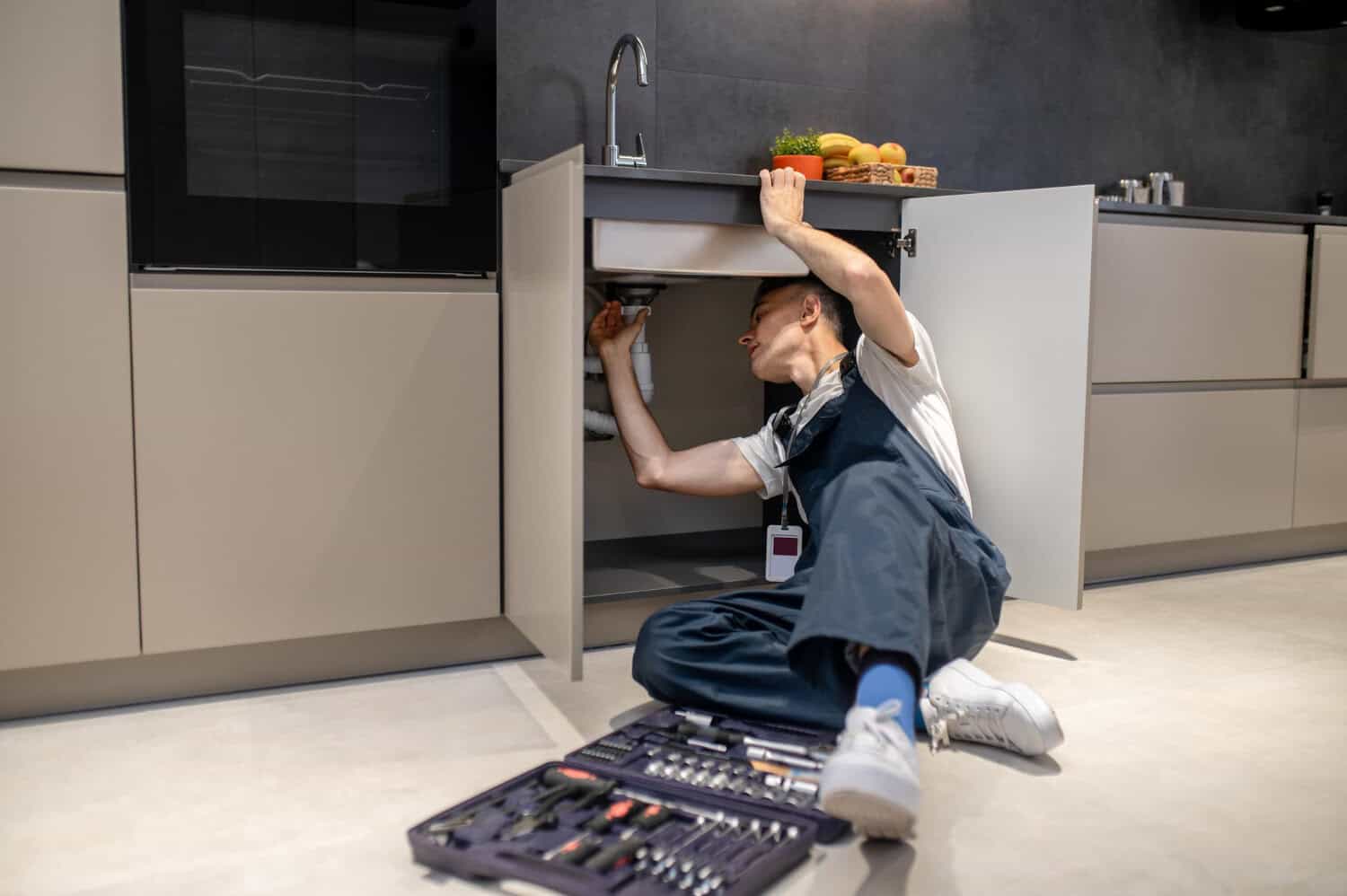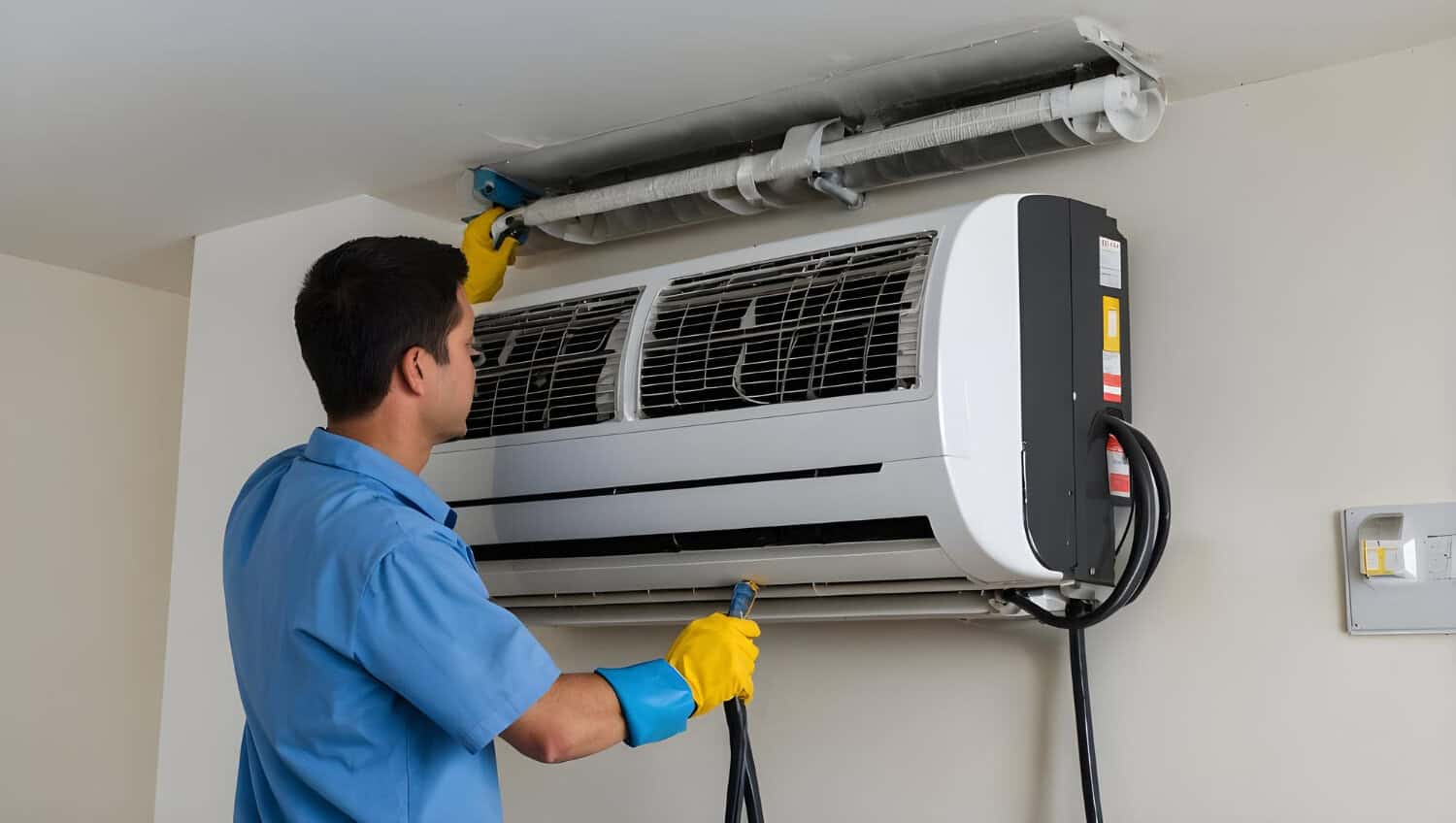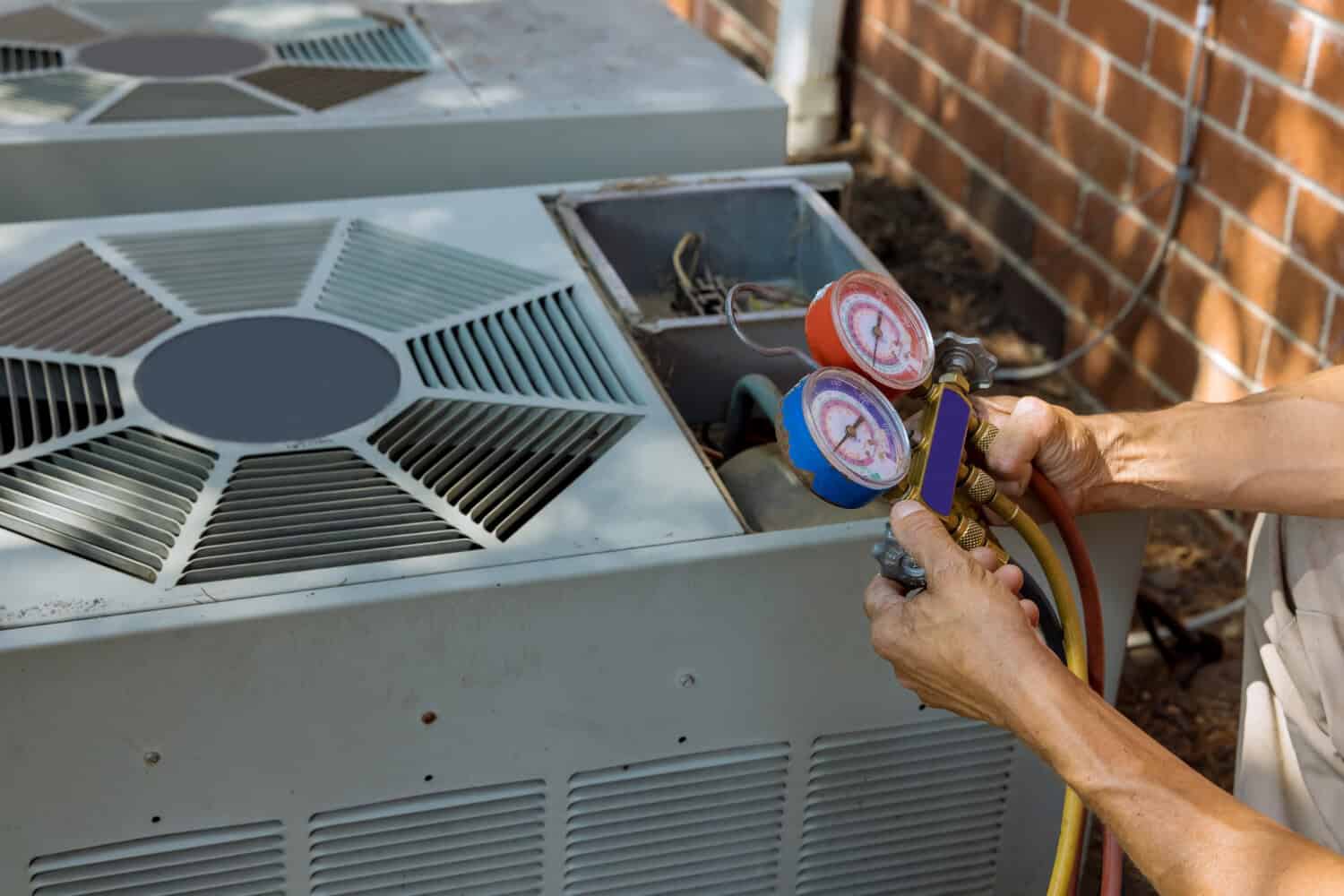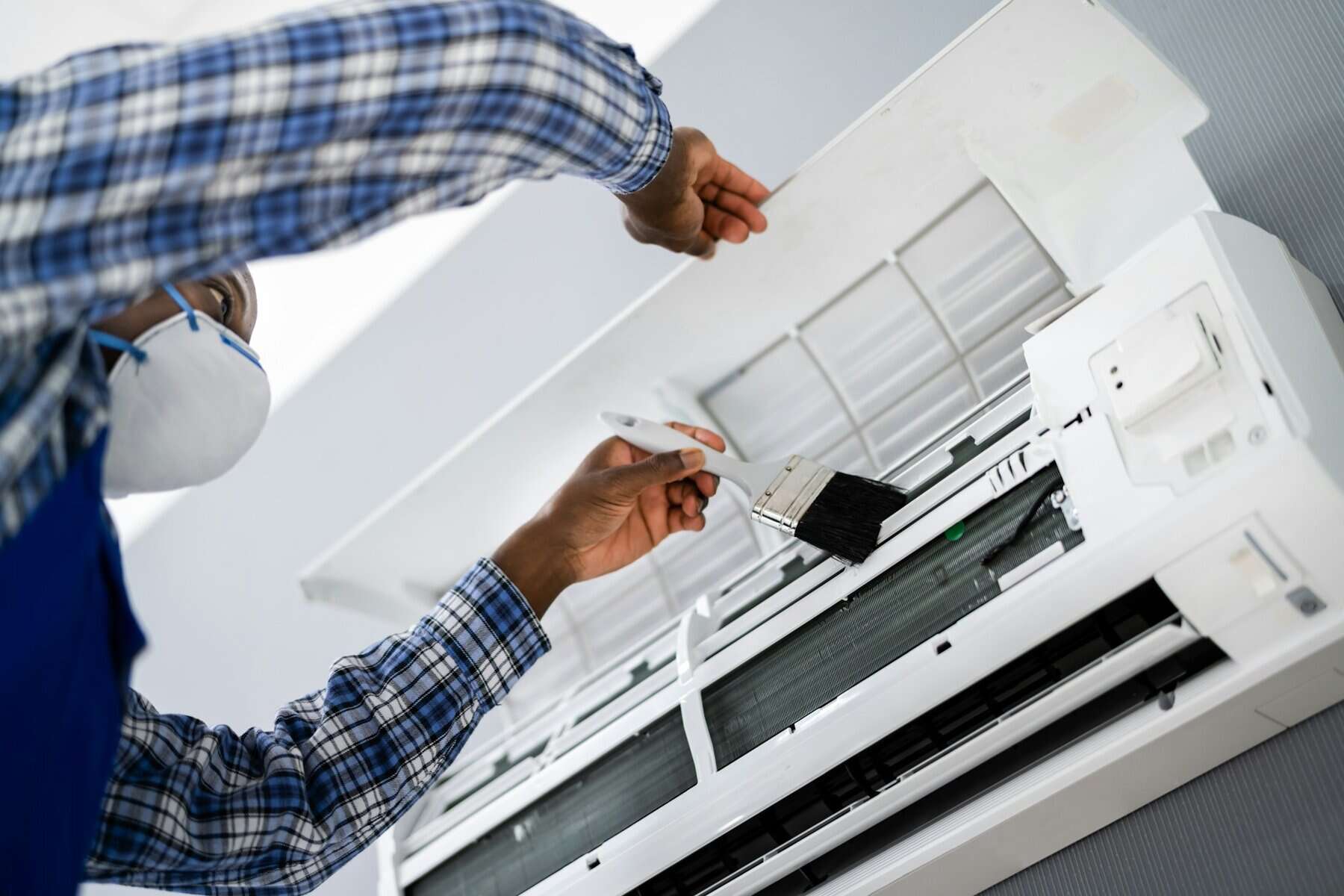Keeping your water heater in good condition is essential for ensuring you always have hot water when you need it. A well-maintained water heater can last many years, saving you money on repairs and replacements. Simple steps, like regular maintenance and proper settings, can make a big difference.
Regular Maintenance Checks
Regular maintenance checks are crucial for extending the life of your water heater. By checking your water heater regularly, you can spot and fix small problems before they turn into big issues.
1. Inspect the Tank and Pipes: Look at the outside of the tank and the pipes. Check for rust, leaks, or any other signs of wear and tear. Small leaks can grow into big ones, so it’s important to catch them early.
2. Check the Anode Rod: The anode rod protects your water heater from rust. It attracts corrosive elements in the water, keeping them away from the tank. Over time, the rod wears out and needs to be replaced. Checking the anode rod every couple of years can make your water heater last much longer.
3. Test the Pressure Relief Valve: The pressure relief valve keeps the water heater from building up too much pressure. Lift the lever on the valve to make sure it works correctly. If water comes out when you lift the lever, it’s working fine. If not, it might need to be replaced.
Regular maintenance checks help keep your water heater running smoothly. Taking a little time to inspect different parts of the system can save you from costly repairs in the future.
Flushing the Tank Annually
Flushing the tank is an essential step in maintaining your water heater. Over time, sediment builds up at the bottom of the tank. This sediment can cause problems, like making your water heater less efficient or even causing damage to the tank.
1. Turn Off the Heater: Before you start, make sure the water heater is turned off. If you have an electric water heater, turn off the power at the circuit breaker. If you have a gas water heater, turn the thermostat to the “pilot” setting.
2. Connect a Hose: Attach a garden hose to the drain valve at the bottom of the tank. Run the other end of the hose to a safe place where the hot water can drain, like a floor drain or outside.
3. Drain the Tank: Open the valve to let the hot water and sediment drain out. Be careful, as the water will be hot. You can also open the pressure relief valve at the top of the tank to help the water drain faster.
4. Flush with Fresh Water: Once the tank is empty, close the valve and turn the cold water supply back on for a few minutes. This will rinse out any remaining sediment. Then close the drain valve, remove the hose, and turn the water heater back on.
Flushing the tank each year helps keep your water heater efficient and in good condition. Removing sediment buildup prevents damage and makes your water heater last longer. It’s a simple task that can make a big difference in the performance of your water heater.
Adjusting the Temperature Settings
Adjusting the temperature settings on your water heater can greatly impact its efficiency and lifespan. The ideal temperature setting is around 120°F. This temperature is hot enough to meet your needs while preventing the heating element from working harder than it should.
1. Locate the Thermostat: The thermostat is usually found on the front of the water heater. For electric heaters, there may be two thermostats—one for the top and one for the bottom heating element. Gas water heaters typically have a clearly labeled temperature dial.
2. Adjust the Temperature: Use a flathead screwdriver to turn the dial to the recommended 120°F. If you have a gas heater, simply turn the dial by hand. Setting the temperature too high can cause scalding and energy waste, while setting it too low might not provide enough hot water.
3. Check the Water Temperature: After adjusting the thermostat, check the temperature of the water at the tap. Allow it to run for a few minutes, then use a thermometer to test the temperature. Make sure it’s around 120°F, and adjust the settings if necessary.
Lowering the temperature setting reduces the strain on your water heater, helping it last longer. It also saves on energy costs and keeps your family safe from potential burns.
Insulating the Water Heater
Insulating your water heater is a simple way to improve efficiency and extend its lifespan. Insulation helps keep the heat inside the tank, so the water heater doesn’t have to work as hard to keep the water hot.
1. Get an Insulation Blanket: You can find insulation blankets at most hardware stores. Make sure to get one that fits the size of your water heater. These blankets are made from fiberglass and other heat-resistant materials.
2. Turn Off the Heater: Before you add insulation, turn off the water heater. For electric heaters, switch off the power at the circuit breaker. For gas heaters, turn the thermostat to the “pilot” setting.
3. Wrap the Tank: Wrap the insulation blanket around the tank, making sure not to block the controls, vents, or access panels. Use tape to secure the blanket in place. If you have an electric water heater, cut out spaces for the upper and lower thermostats.
4. Insulate the Pipes: While you’re at it, consider insulating the first few feet of the hot and cold water pipes. Pipe insulation is easy to install and can further improve efficiency.
Insulating your water heater and pipes helps maintain the water temperature, reducing the frequency of heating cycles. This not only saves energy but also lessens the wear and tear on the system, extending its lifespan.
Conclusion
Taking care of your water heater doesn’t have to be complicated. By following these simple tips, you can make sure your water heater runs efficiently and lasts longer. Regular maintenance checks, flushing the tank, adjusting the temperature settings, and insulating the tank are all easy tasks you can do to keep your water heater in the best condition possible.
When your water heater is well-maintained, you can enjoy reliable hot water without worrying about unexpected breakdowns or high energy bills. These small actions can add up to big savings and peace of mind over time.
If you need help with maintaining your water heater or have questions about your HVAC and plumbing systems, contact My Jockey today. Our expert team is here to provide heating and air conditioning services so you can keep your home comfortable and efficient all year round.


